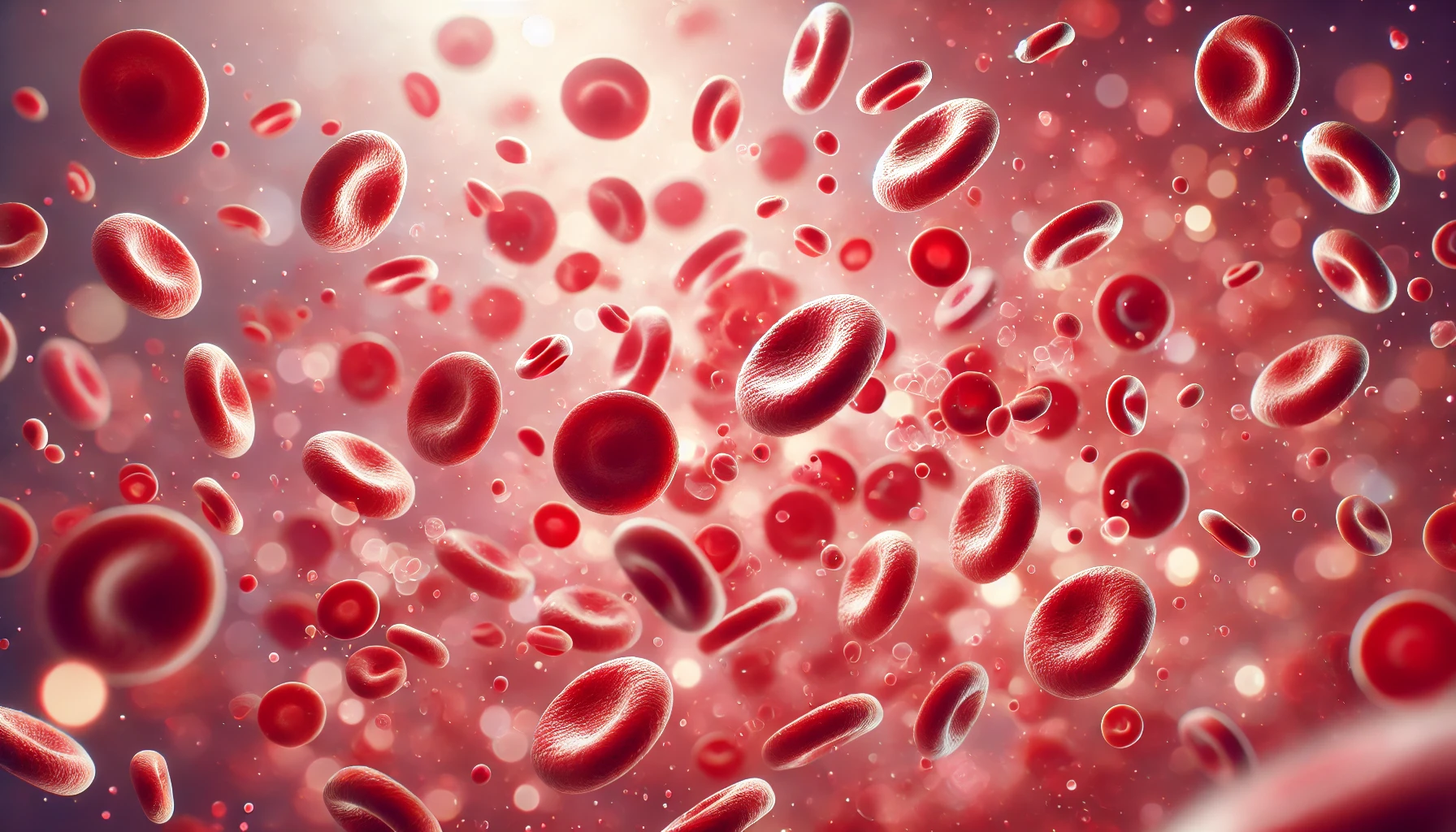
A recent study conducted by Professors Michael Powner and Glen Jeffery from University College London suggests that red light therapy, also known as Photobiomodulation, may have a beneficial effect on blood glucose levels after meals. This innovative research explored how red light therapy could potentially be used as a novel strategy to manage post-meal blood glucose spikes, providing a non-invasive approach to support metabolic health.
Glucose, a crucial energy source for the body’s cells, is derived from the breakdown of carbohydrates in our diet. After consuming a meal, especially one high in carbohydrates, blood glucose levels naturally rise to fuel various bodily functions. However, it’s important to keep these levels within a healthy range. Prolonged high glucose levels, known as postprandial hyperglycemia, can lead to serious health issues. This study aimed to explore whether red light therapy could help manage these glucose fluctuations more effectively.
The study included 30 healthy individuals, divided into two groups: one receiving red light therapy and the other a placebo treatment.
Each participant underwent two oral glucose tolerance tests (OGTT) after fasting, which are standard tests to assess how the body metabolizes glucose.
The red light therapy group received a 15-minute session of red light therapy applied to their upper back before their second OGTT.
Researchers measured blood glucose levels and exhaled CO2 levels before and after the treatment to evaluate the impact of red light therapy on glucose metabolism.
The study revealed that participants who received red light therapy experienced a notable 27.7% reduction in blood glucose levels following glucose intake compared to the placebo group. Moreover, peak glucose spikes were reduced by 7.5% in the red light therapy group. The increase in exhaled CO2 levels in this group also indicated enhanced glucose oxidation, suggesting improved glucose metabolism.
Find our range of devices for red light therapy HERE.
These findings indicate that red light therapy could be a promising tool for managing post-meal blood glucose levels, potentially offering a non-invasive method to support metabolic health. While the results are encouraging, further research is necessary to fully understand the applications and benefits of red light therapy in glucose management.
This study highlights the broader systemic benefits of red light therapy, suggesting that improving cellular health with this therapy can lead to overall better health outcomes. For those interested in exploring the systemic effects of red light therapy, more information can be found here.
Sources: